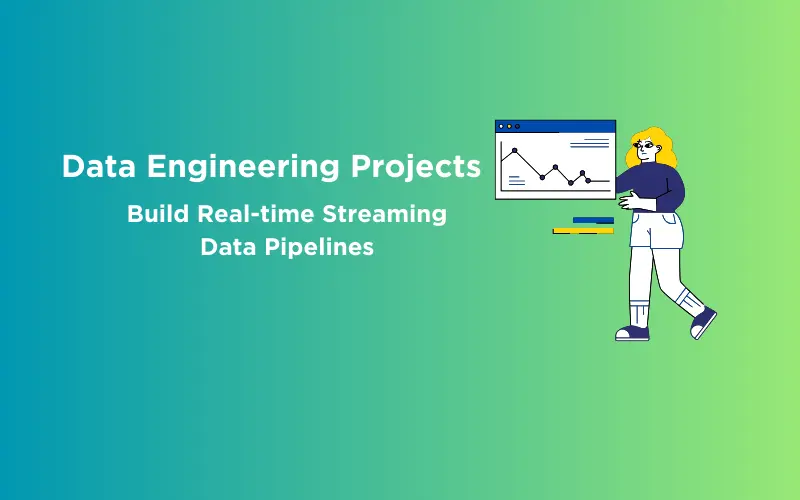
Data Engineering Projects: How to Build Real-time Streaming Data Pipelines
Mar 25, 2025 4 Min Read 3247 Views
(Last Updated)
In the world of data engineering, building real-time streaming data pipelines is a challenging yet exciting endeavor. The ability to process and analyze data as it flows in real-time allows organizations to gain valuable insights and make informed decisions.
In this article, we will explore the key components of building a modern data streaming pipeline and discuss some interesting data engineering projects that you can undertake. So, let’s dive in!
Table of contents
- Understanding the Data Processing Architecture
- 1 Message Bus
- 2 Data Processing Framework
- 3 Data Storage and Querying
- 4 Data Visualization
- Use Cases of Real-time Streaming Data Pipelines
- 1 Fraud Detection
- 2 Predictive Maintenance
- 3 Social Media Sentiment Analysis
- Finding Free Data Sources for Streaming Projects
- 1 Public APIs
- 2 Open Data Initiatives
- 3 Social Media Data Crawlers
- Building Fancy Data Visualization
- Conclusion
- FAQs
- What are some good data engineering projects?
- What is the role of a data engineer in a project?
- What is the lifecycle of a data engineering project?
- What is the future of data engineer?
- Who are big data engineers?
1. Understanding the Data Processing Architecture
When it comes to building a real-time data pipeline, it is essential to have a clear understanding of the data processing architecture. This architecture defines how data flows through the pipeline and the various components involved in the process.
To help you visualize the architecture, let’s consider an example use case of a streaming data pipeline for analyzing social media sentiment in real-time.
The data processing architecture for this use case would typically involve several components, including:
1.1 Message Bus
The first component of our journey of exploring data engineering projects is the message bus, which serves as the backbone of the streaming pipeline. It is responsible for receiving and distributing the incoming data streams.
Popular message bus frameworks like Kafka and Pulsar are often used for this purpose. These frameworks provide high throughput, fault tolerance, and scalability, making them ideal choices for building real-time streaming pipelines.
1.2 Data Processing Framework
Once the data streams are ingested by the message bus, they need to be processed and analyzed. Several data processing frameworks are commonly used in the industry, including Apache Beam, Apache Flink, Apache Spark Streaming, and Apache Storm.
These frameworks offer powerful abstractions and APIs for performing transformations, aggregations, and computations on streaming data.
Know More: How does Apache work? A detailed introduction to Apache
1.3 Data Storage and Querying
After processing, the transformed data needs to be stored for further analysis and querying. This is where data storage systems like Apache Hadoop and Apache Cassandra come into play. These distributed storage systems provide scalable and fault-tolerant storage, enabling efficient querying and retrieval of streaming data.
1.4 Data Visualization
To make sense of the streaming data, it is crucial to visualize it in a meaningful way. Data visualization tools like Kibana can be used to create interactive dashboards and visualizations that provide real-time insights into the data.
These dashboards can be displayed on digital signage, allowing stakeholders to monitor the data processing pipeline in real-time.
Before we move to the next part, you should have a deeper knowledge of data engineering concepts. You can consider enrolling yourself in GUVI’s Big Data and Cloud Analytics Course, which lets you gain practical experience by developing real-world projects and covers technologies including data cleaning, data visualization, Infrastructure as code, database, shell script, orchestration, cloud services, and many more.
Additionally, if you would like to explore Data Engineering and Big Data through a Self-paced course, try GUVI’s Data Engineering and Big Data self-paced course.
2. Use Cases of Real-time Streaming Data Pipelines
Now that we have an understanding of the data processing architecture, let’s explore some interesting use cases that can benefit from real-time streaming data pipelines.
2.1 Fraud Detection
Real-time streaming data pipelines can be invaluable in detecting and preventing fraudulent activities. By analyzing transaction data in real-time, organizations can identify suspicious patterns and take immediate action to mitigate potential fraud.
This can be particularly useful in industries such as finance and e-commerce, where fraud can have significant financial implications.
2.2 Predictive Maintenance
The ability to monitor and analyze sensor data in real-time can enable predictive maintenance in various industries. By detecting anomalies and patterns in sensor readings, organizations can predict equipment failures and schedule maintenance activities proactively. This can help minimize downtime, reduce maintenance costs, and optimize the overall operational efficiency.
2.3 Social Media Sentiment Analysis
Real-time streaming data pipelines can be leveraged to analyze social media data and gain insights into public sentiment. By processing and analyzing tweets, posts, and comments in real-time, organizations can understand customer opinions, identify trends, and take timely actions to enhance their products or services.
This can be particularly useful for companies in the marketing and customer service domains.
3. Finding Free Data Sources for Streaming Projects
Finding accessible and relevant data sources is a critical step in any streaming project. Fortunately, there are several public data streaming feeds available that can be used for experimentation and learning. Here are some useful resources to find free data sources for your streaming projects:
3.1 Public APIs
Many online platforms provide public APIs that allow developers to access real-time data. For example, Twitter provides a streaming API that allows you to track and analyze tweets in real-time. Similarly, platforms like Reddit, GitHub, and Stack Overflow offer APIs that provide access to their real-time data streams.
3.2 Open Data Initiatives
Several organizations and governments have open data initiatives that make their datasets freely available to the public. These datasets cover a wide range of domains, including finance, healthcare, transportation, and weather. Websites like data.gov, Kaggle, and Google Public Datasets provide access to numerous open datasets that can be used for streaming projects.
3.3 Social Media Data Crawlers
Another approach to finding free data sources is by leveraging social media data crawlers. These crawlers continuously collect data from social media platforms and make it available for analysis. Tools like Octoparse, ParseHub, and Import.io can be used to scrape data from platforms like Twitter, Facebook, Instagram, and LinkedIn.
4. Building Fancy Data Visualization
While the primary focus of a data engineering project is on processing and analyzing streaming data, building fancy data visualizations can add an extra flair to your project. Data visualization tools like Tableau, Power BI, and D3.js can be used to create stunning visualizations that make it easier to interpret and communicate the insights derived from the streaming data.
These visualizations can be displayed on digital signage or embedded in web applications, providing a visually appealing experience for stakeholders.
Kickstart your career by enrolling in GUVI’s Big Data and Cloud Analytics Course where you will master technologies like data cleaning, data visualization, Infrastructure as code, database, shell script, orchestration, and cloud services, and build interesting real-life cloud computing projects.
Alternatively, if you want to explore Data Engineering and Big Data through a Self-paced course, try GUVI’s Data Engineering and Big Data Self-Paced course.
Conclusion
Building real-time streaming data pipelines is a fascinating field in data engineering. By leveraging frameworks like Kafka, Beam, Flink, or Storm, organizations can process and analyze streaming data in real time, enabling them to make data-driven decisions promptly.
Use cases such as fraud detection, predictive maintenance, and social media sentiment analysis demonstrate the wide-ranging applications of real-time streaming data pipelines.
Additionally, finding free data sources and incorporating fancy data visualization can further enhance the effectiveness and impact of your data engineering projects. So, go ahead, dive into the world of real-time streaming data pipelines, and unleash the power of data!
FAQs
Good data engineering projects include building data pipelines, designing databases, and creating data warehouses, which we cover in detail in the article above.
The role of a data engineer in a project is to collect, transform, and organize data for analysis and reporting.
The lifecycle of a data engineering project typically involves planning, data acquisition, transformation, loading, testing, and maintenance.
The future of data engineers looks promising with the increasing demand for data-driven insights in various industries. It is one of the most in-demand and high-paying tech careers of this decade.
Big data engineers are professionals who specialize in handling and managing large volumes of data for analytics and decision-making.














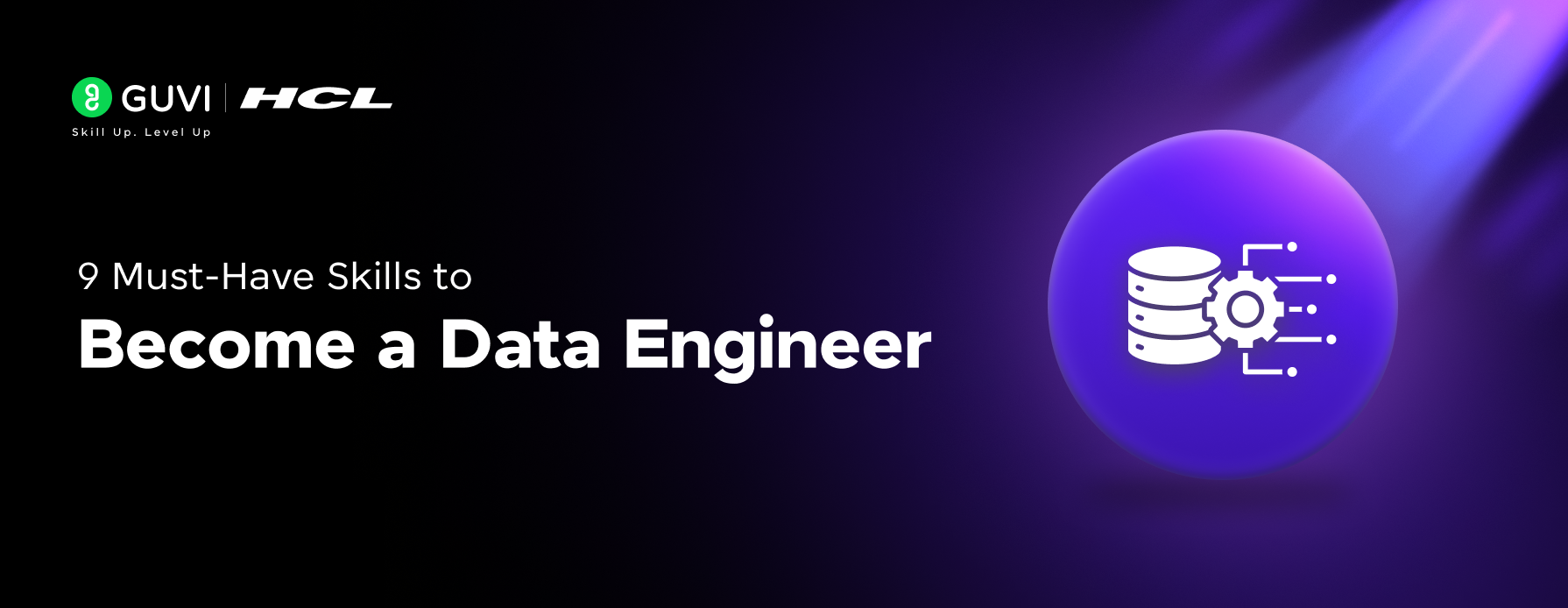

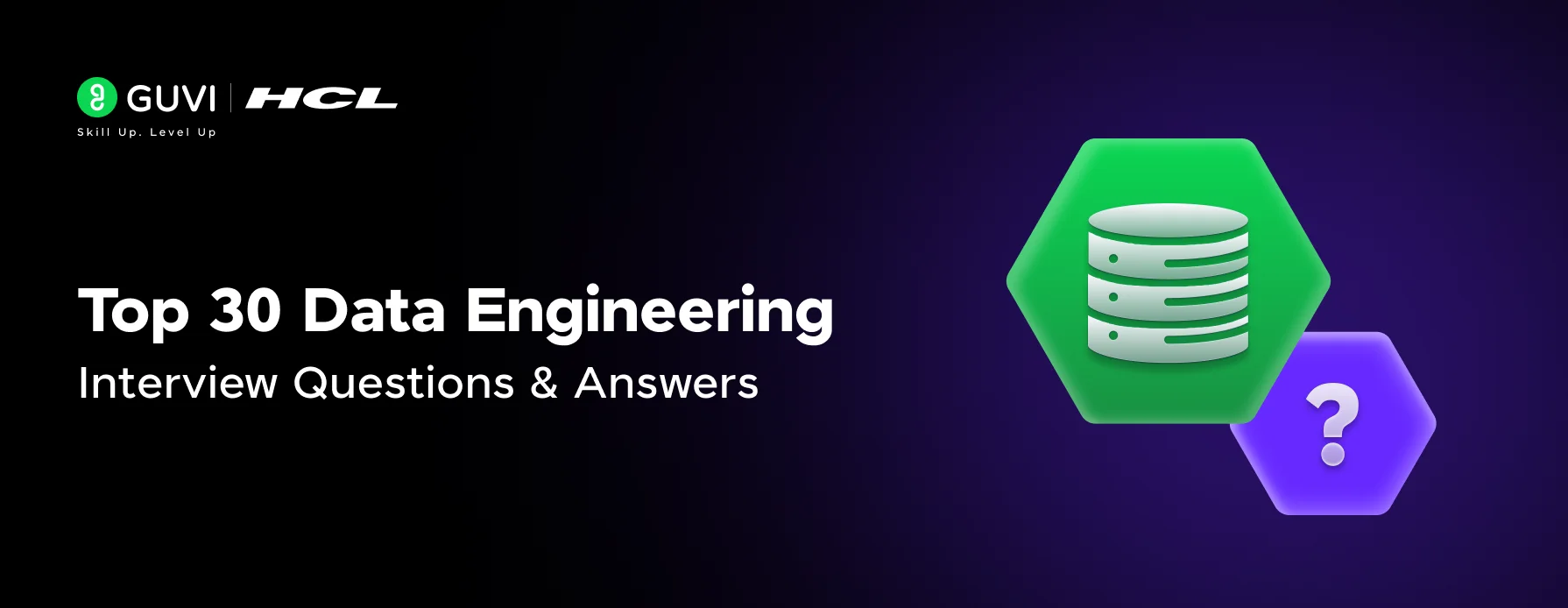
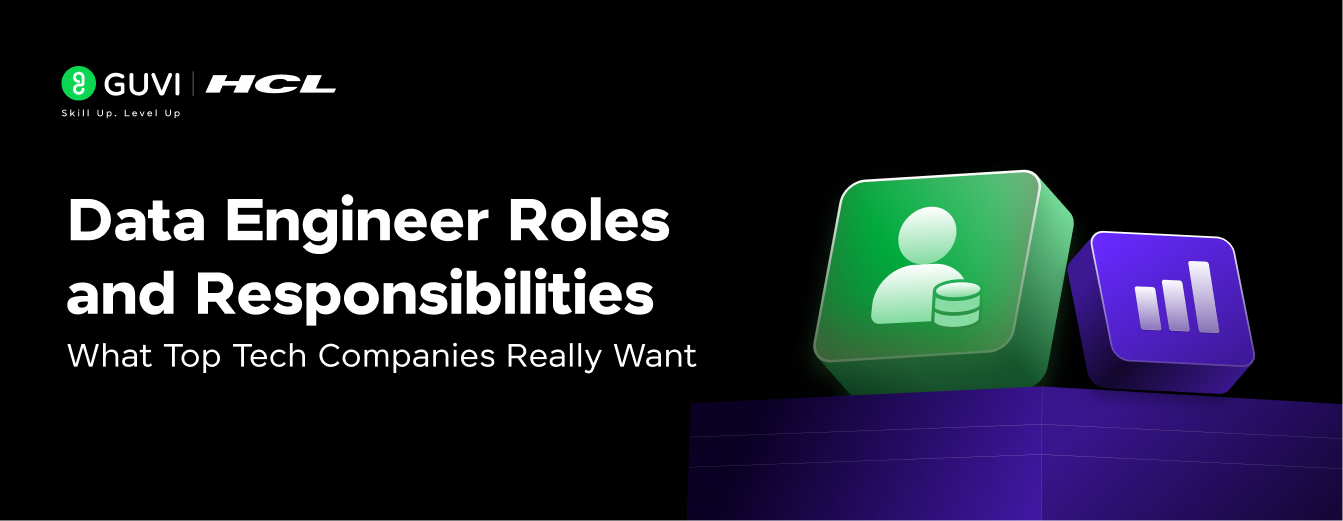
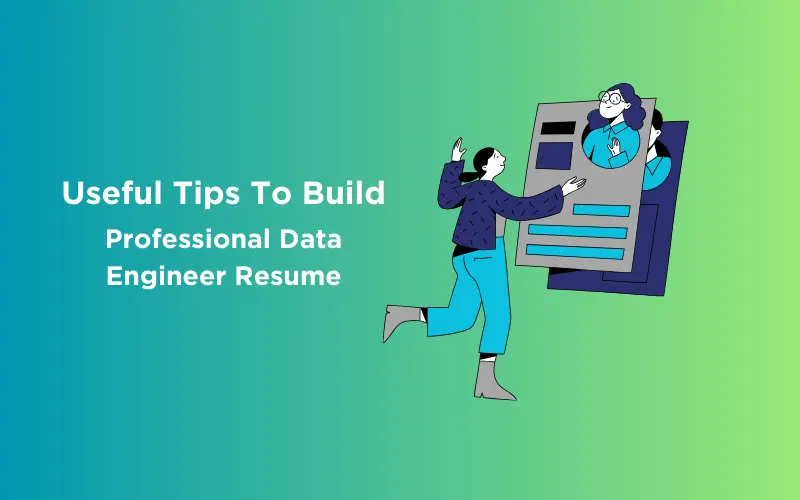

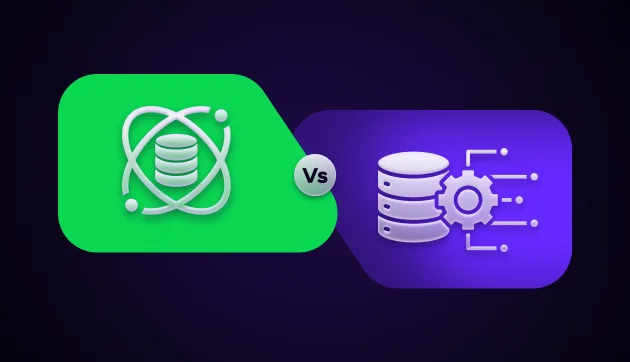
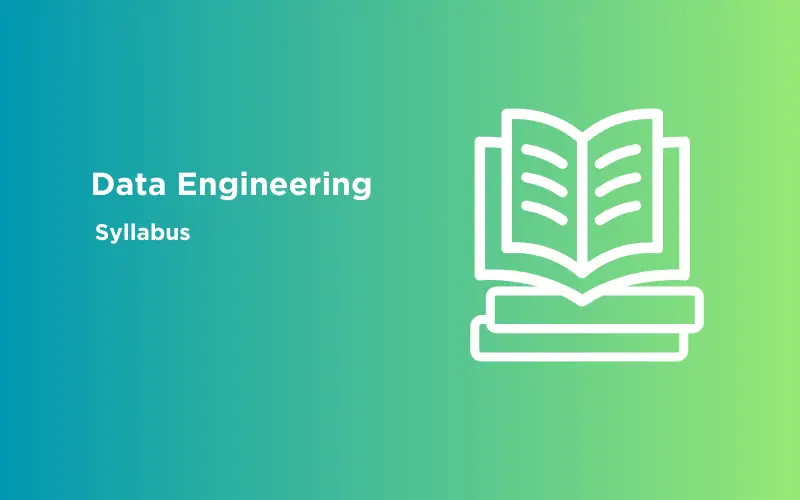
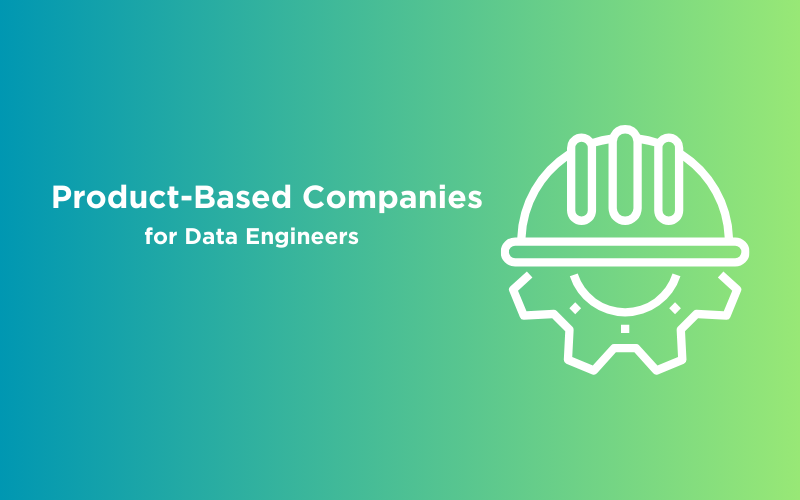

Did you enjoy this article?